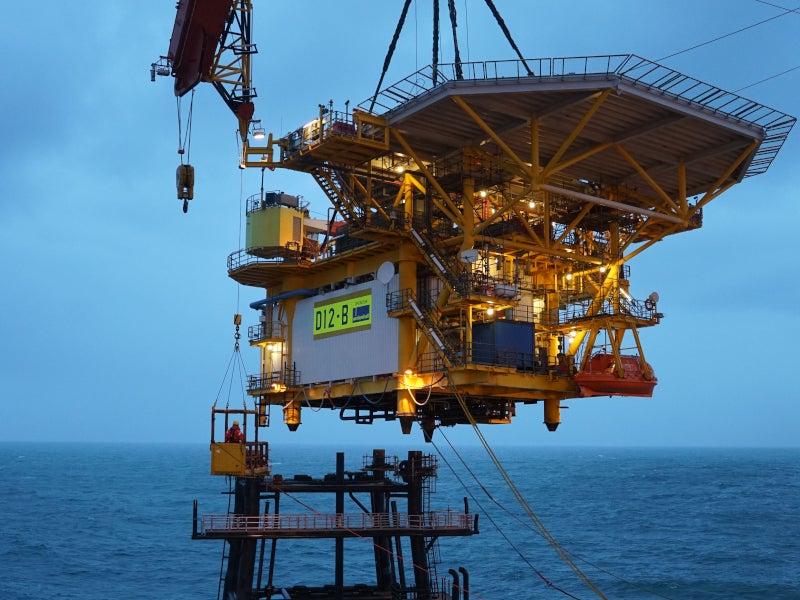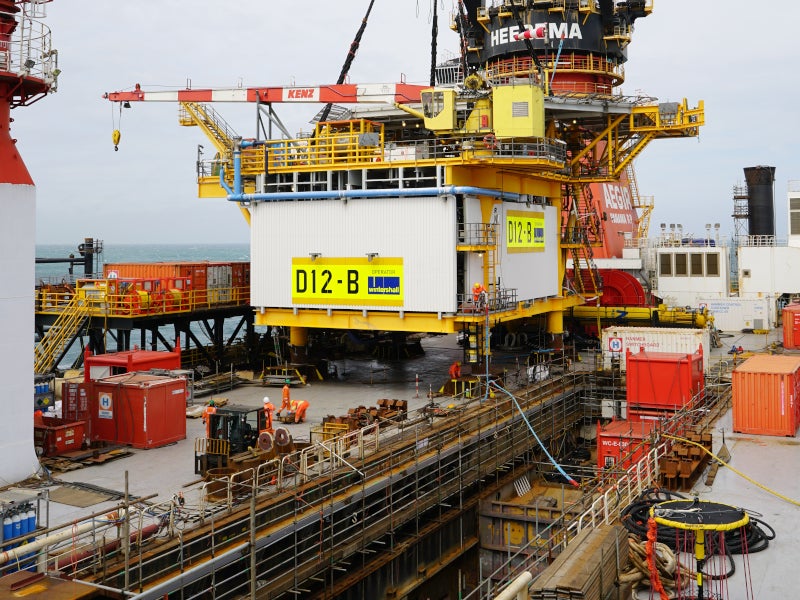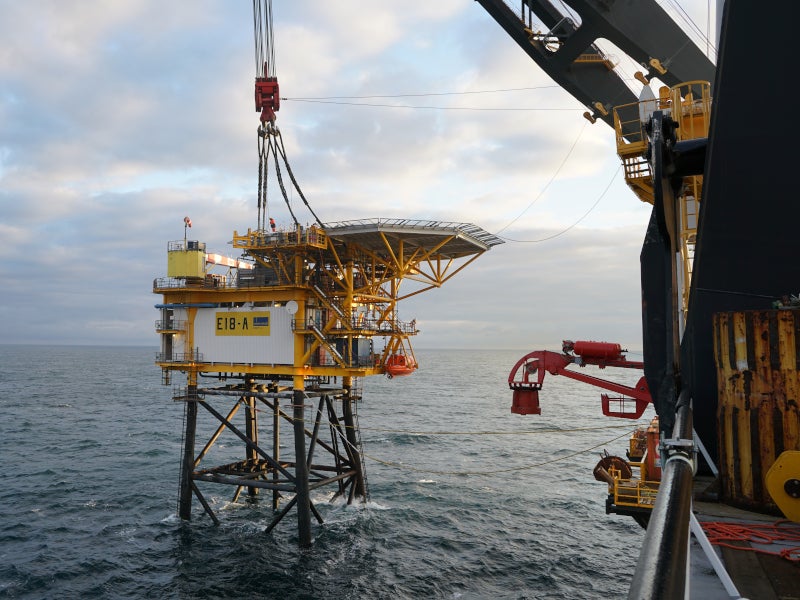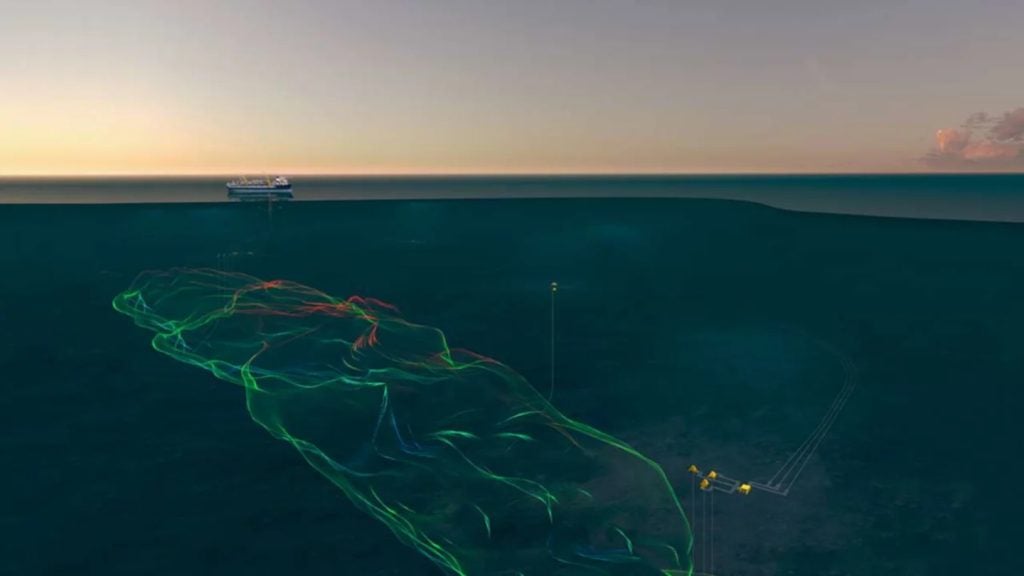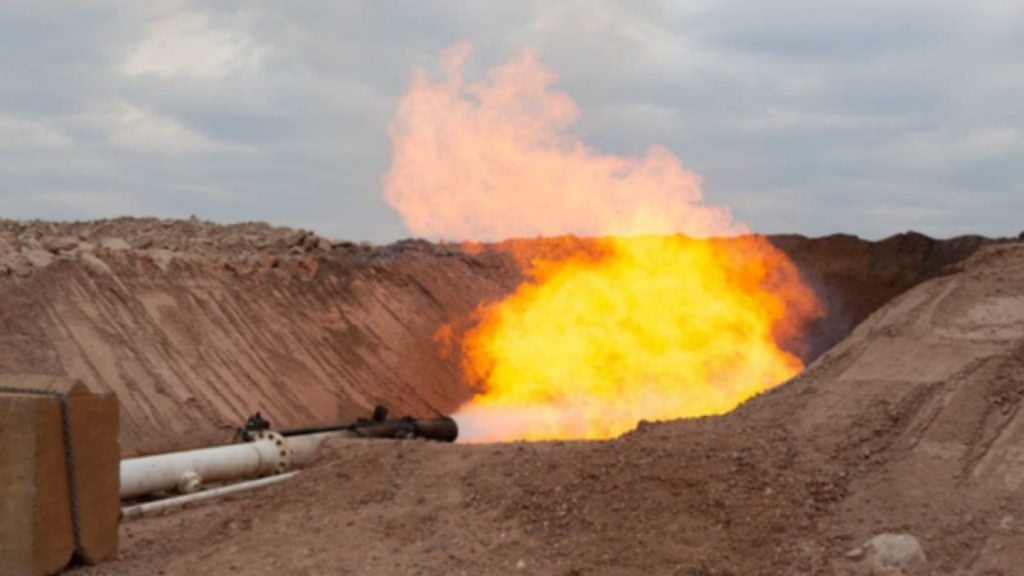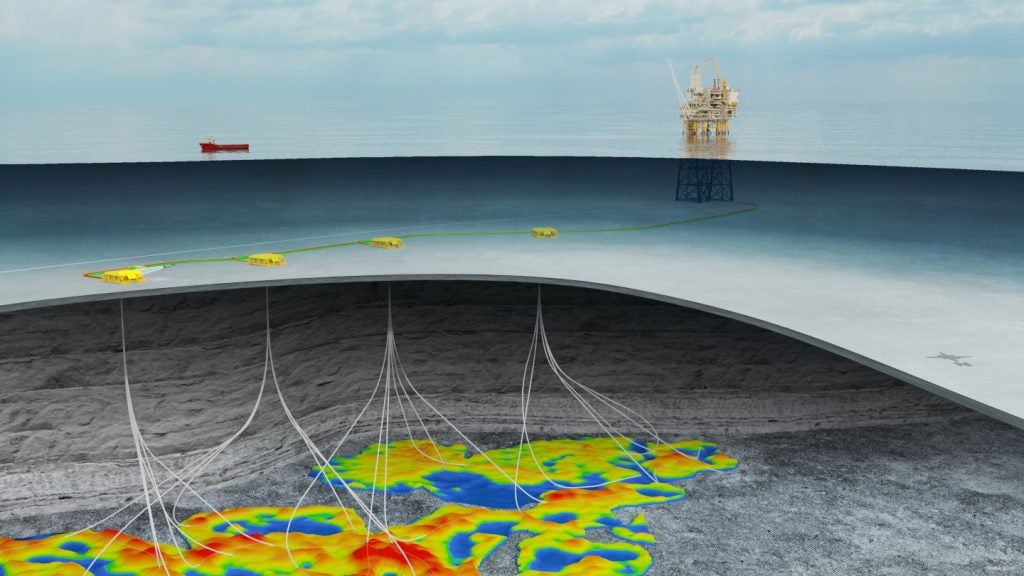Sillimanite field is a unitised gas field stretching across the UK and the Dutch Continental Shelves in the Southern North Sea.
The cross-border field is jointly owned by Wintershall Noordzee (operator, 39.7%), and its partners Gazprom International (19.9%), Energie Beheer Nederland (25%), Neptune Energy Netherlands (2.3%), Neptune E&P UK (3.6%), Neptune Netherlands Participation (1.6%), ONE-Dyas (3.1%) and ONE-Dyas UK (4.8%).
Wintershall Noordzee is a 50:50 joint venture between Wintershall Dea and Gazprom EP International.
The UK and Dutch governments signed a treaty for the exploitation of the field in July 2018. The final investment decision on the field was made in November 2018.
Sillimanite field location
The Sillimanite gas field is located approximately 200km off the coast of Den Helder, a city on the northernmost point of the North Holland province in the Netherlands.
It spans across the UK and the Netherlands border, with a portion of the field situated in the licence block 44/19a on the UK side and the remaining in blocks D12-A and D12-B on the Dutch side. The three blocks have different stakeholders.
Sillimanite field discovery and exploration details
Sillimanite field was discovered in June 2015 by drilling an exploratory well that yielded commercial inflow of hydrocarbons. The well proved good flow rates of gas from Carboniferous sands. D12-A was discovered in 2002, while the D12-B was discovered in 2015. The development of Sillimanite South prospect will involve the drilling of a firm exploration well in the third quarter of 2020. The well will be situated near the Sillimanite development and is expected to target a lower risk structure.
Details of D12-A
The D12-A production licence was awarded in 1996. The D12-A satellite platform was installed within two years of field discovery and first gas was produced in 2005.
The satellite platform produces up to 1,200Nm³ of gas per day and is connected to the D15-A platform via a 10km-long subsea pipeline. Operations on the D12-A platform are supported by the D15-A via an umbilical.
D12-B development plan
The D12-B Sillimanite field development will have a minimum of two production wells. The drilling for the first production well, D12-B1, began in 2019 using the Maersk Resolve drilling rig.
The platform on the D12-B field was installed in September 2019. Completed in January 2020, the well commenced production in February 2020 at an initial rate of 35 million standard cubic feet per day (MMcfd).
Drilling operations are progressing at the second development well and are expected to be completed in mid-2020. The Sillimanite South exploration well will offer further production upside and is expected to be tied-in by the end of 2020.
Wintershall Noordzee used the recycled topside of the decommissioned E18-A platform for the Sillimanite project. The topside underwent technical improvements to reduce emissions.
The topside is being used for the third time, after being used as the topside of P14-A in 1993 and that of E18-A in 2009. This move is part of Wintershall Noordzee’s efforts to reduce its environmental footprint and ensure cost-efficient operations.
The Sillimanite development will be monitored round-the-clock from Wintershall’s remote-control operations centre situated in Den Helder.
Gas transportation details
The D12-B platform will be tied-back to the existing D15-A production platform and the produced gas will be exported via a newly laid 10in, 12km-long pipeline connecting the two platforms. The gas will then be carried through the Noordgastransport (NGT) gas transportation system to the shore.
The D12-B and D15-FA-1 platforms are operated by Wintershall and Neptune, respectively. Both these platforms are located in the Dutch waters.
Contractors involved in Sillimanite gas field development
Fugro won a contract from Wintershall Noordzee to perform geophysical and geotechnical surveys for the Sillimanite D12-B, while Enersea provided consultancy, design and engineering services.
Offshore Marine Contractors (OMC) co-ordinated and executed the relocation of the jack-up rig to the D/12-A production platform. The company was assisted by AHTS Siem Challenger, AHT Multratug 4, and AHT Zeus of Finland in performing the towing and final installation of the rig. Maersk Drilling served as the drilling contractor.

